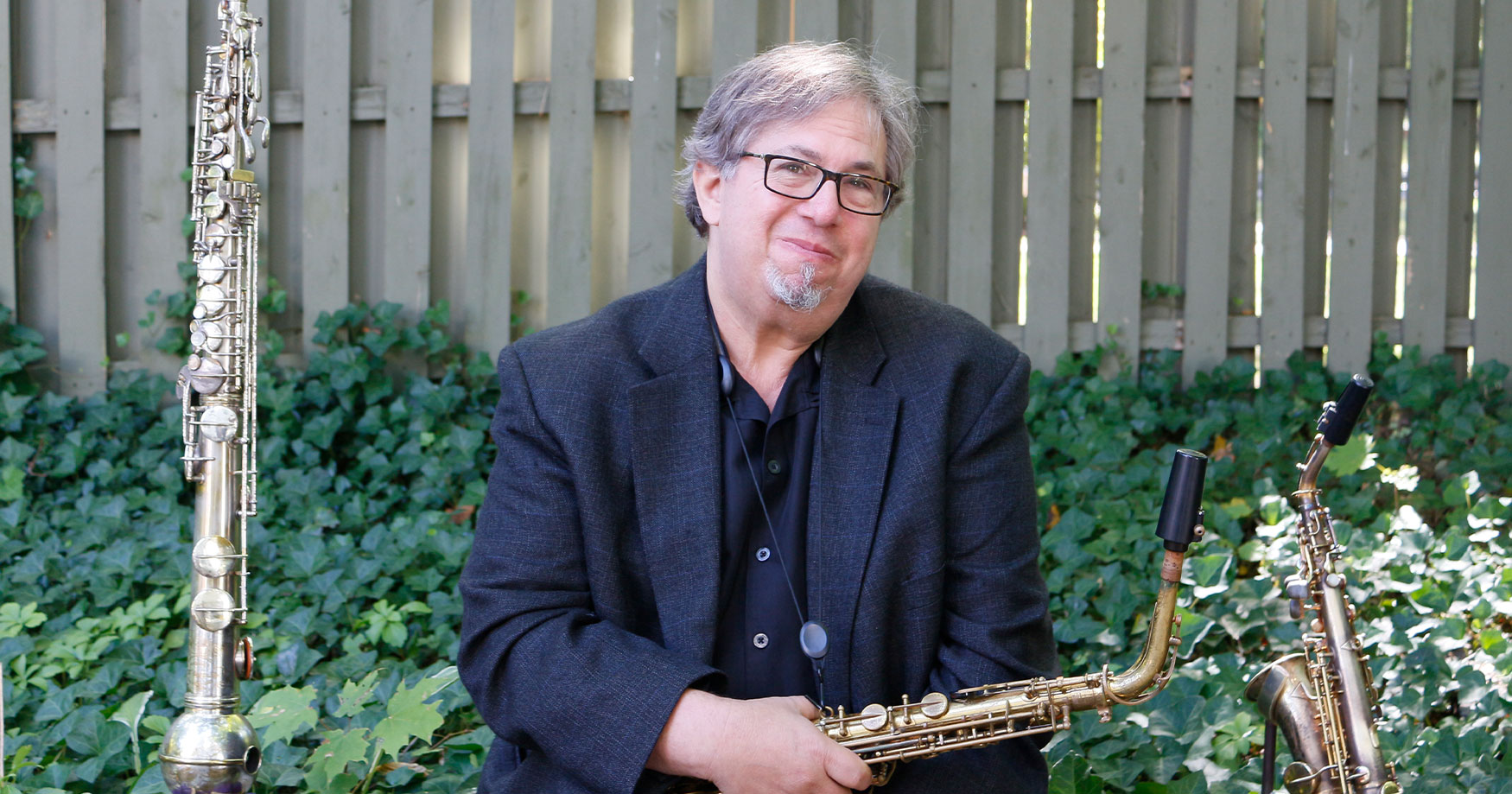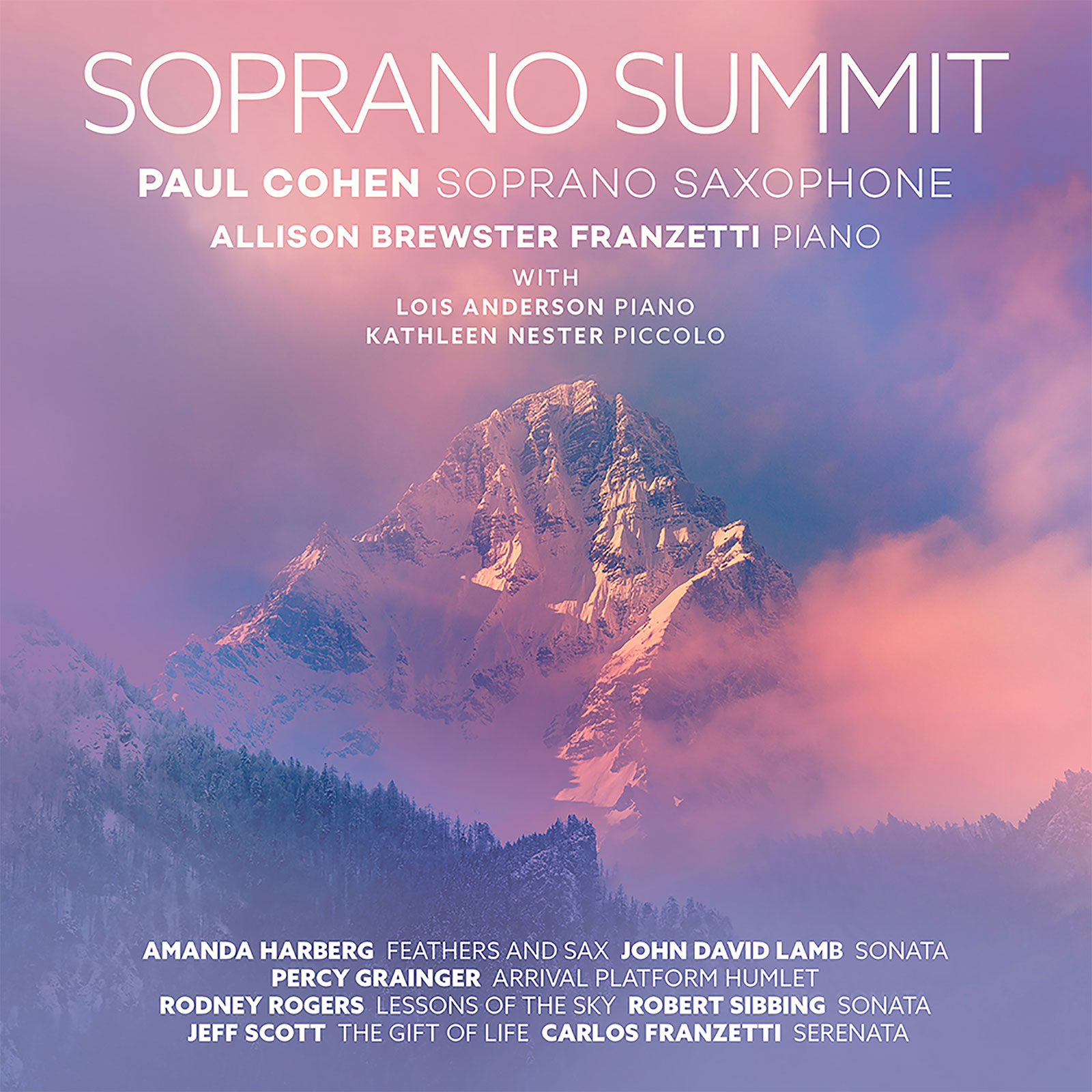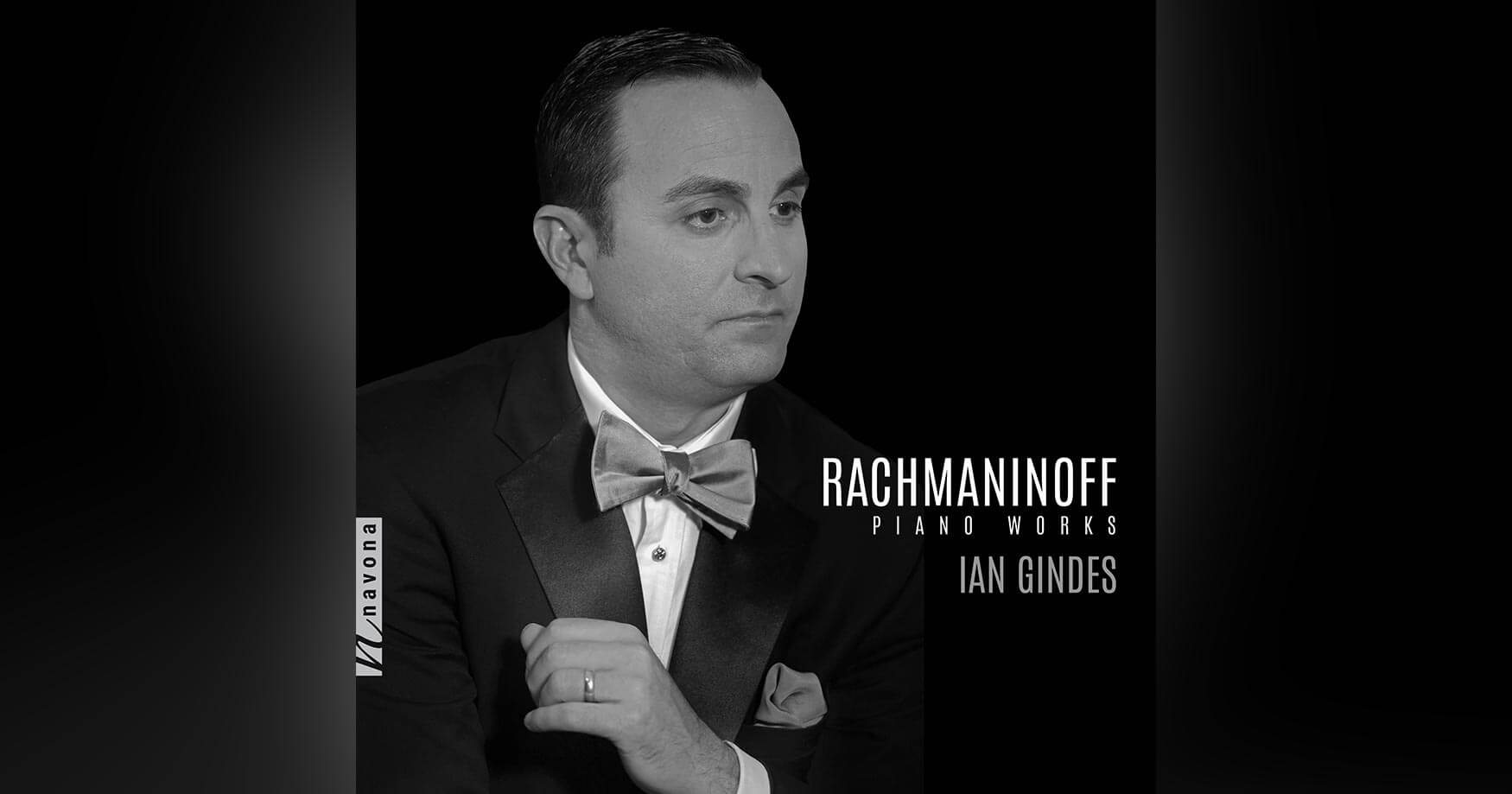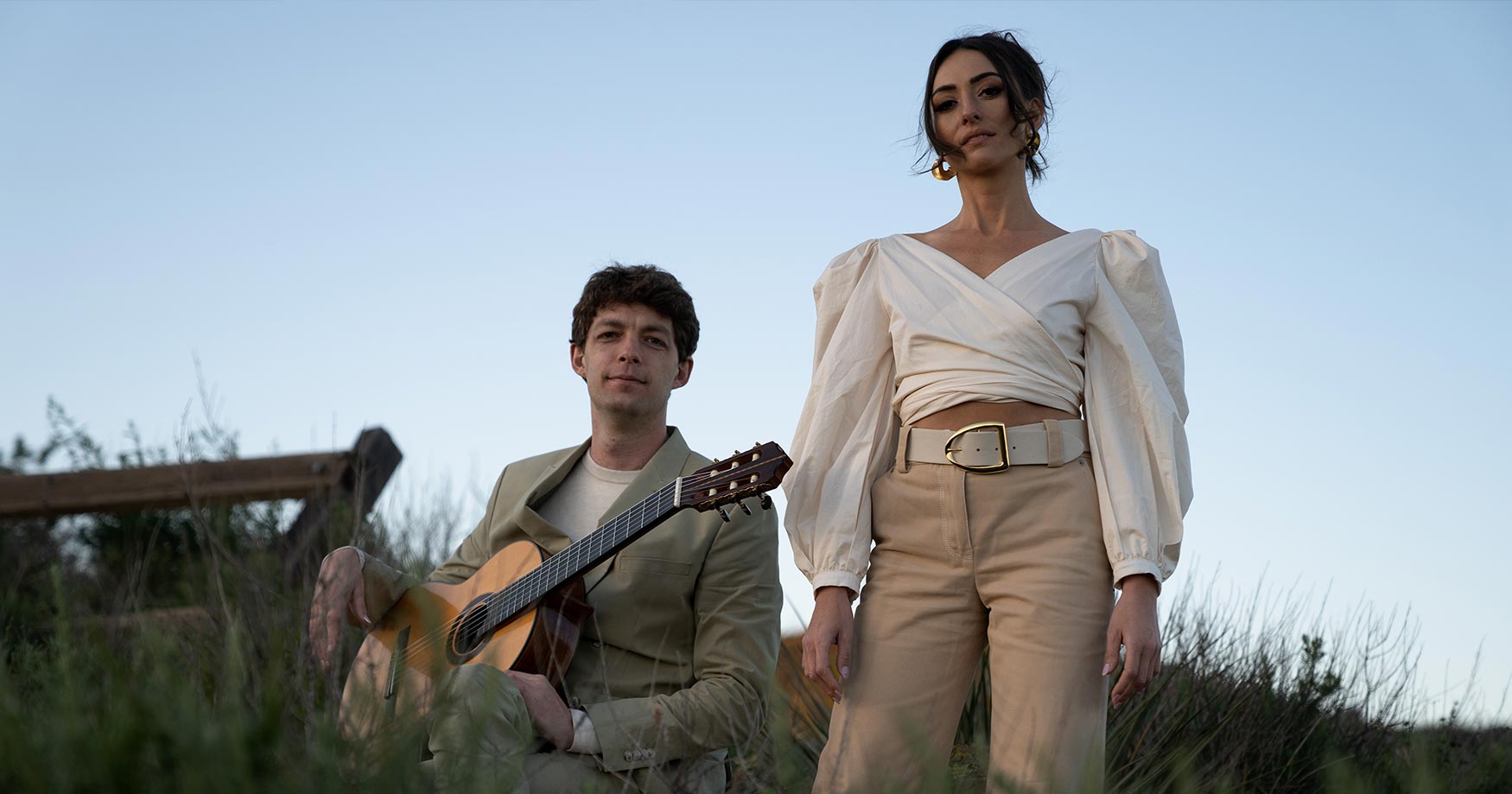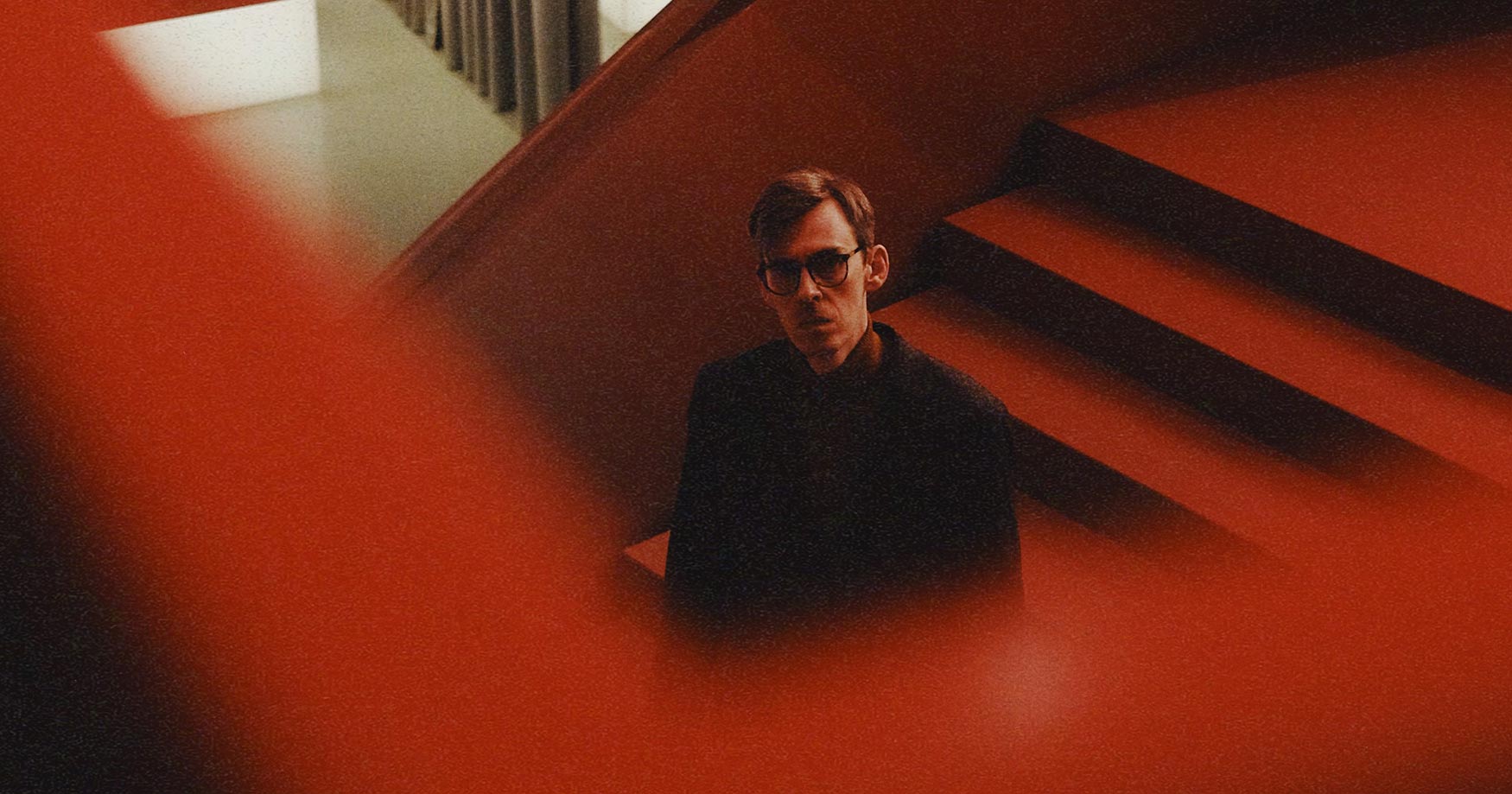Alongside his work as a performer, revered saxophonist Paul Cohen is known for his passionate scholarship, rediscovering long-forgotten saxophone works as well as arranging related music for the instrument. In SOPRANO SUMMIT, Cohen presents an album of music for the soprano saxophone in chamber and solo settings, a celebration of the soprano saxophone as a concert instrument and a revelation of new, lost, revived, and beloved works.
Today, Paul is our featured artist in “The Inside Story,” a blog series exploring the inner workings and personalities of our composers and performers. Read on to learn about his extensive music library of over 10,000 items, and which famous musicians he’d be most inclined to collaborate with…
What inspires you to write and/or perform?
Music affects me very deeply, and the ability to experience, share, and express myself through music has been a guiding force in my life. The opportunity to impart an oasis of inner calm, or to reflect joy, or to inspire soulful reflection to a listener can be highly impactful. These are the ways the artist can create a higher awareness, effect change and perhaps make a small but meaningful contribution to our daily life.
If you weren’t a musician, what would you be doing?
If I was not a musician, I would like to be involved in either environmental causes or forest preservation. These days, being involved in causes to protect our democracy would also be high on the list.
If you could collaborate with anyone, who would it be?
There are a number of musicians I would love to meet, either to learn about their craft or to understand their musical insights. I’d like to attend a service where Bach was playing his music, have dinner with Charles Ives while he was in the middle of his frenzied creative period. I would be awed to have a conversation with Bela Bartok, and I would have enjoyed the opportunity to play for Samuel Barber during his Curtis years.
There are many performers that would be a dream team of collaboration; Mstislav Rostropovich on cello, George Szell, conductor, Itzhak Perlman on violin, Rudolf Serkin and Alicia de Larrocha, pianists, are just a few.
If we looked through your music library, what would we be surprised to find?
In my library of over 10,000 items (recordings and sheet music), you would be surprised by the unknown diversity of music for the saxophone in all chamber and orchestral combinations that are in one place. Visitors continue to be startled by the expansive historical lineage of music for the saxophone from the late 19th and early 20th century, rare and lost music for the saxophone that I have discovered, as well as rare recordings of concert saxophonists since the beginning of the recording era that are part of my personal library. Some who only know me for my concert performances and recordings might be surprised at the extensive collection of jazz materials.
Do you have any specific hopes about what this album will mean to listeners?
I created this album to have meaning to different types of listeners. I’m hoping that a music listener who is not a saxophonist will enjoy these lesser-known works for their intrinsic beauty and multi-layered messages. I hope the saxophone community will become interested in an entire repertoire for the soprano saxophone that has yet to be explored and embraced. And I’m also hoping that many will hear the soprano saxophone as a sophisticated concert instrument capable of tonal and musical subtlety and nuance equal to that of any orchestral instrument.
What was your most unusual performance?
I’ve had a couple of memorable orchestral performances involving the soprano saxophone. Many years ago I discovered the original score to Gershwin’s American in Paris. In this original score, each of the saxophonists plays soprano in addition to either the alto, tenor and baritone. I prepared a new set of parts for the saxes that incorporated the saxophone doubling. There is a section in this original scoring where the three soprano saxophones are playing the tune in three part close harmony with the marking “bells in air.” It is a striking, unmistakable sound and one that captures the 1920s with unique color and sass. I will never forget how I had to convince the conductor of the first orchestra who hired me for American in Paris (after I had found the score) to try this original version, and then I had to supply the other saxophonists with sopranos! But the sound of three soprano saxophones in close harmony was a revelation and exhilarating. The orchestra loved it and the conductor had the sax section play this passage before the performance to illustrate the unique character of the piece. Since then, I have convinced over a dozen orchestras to use this original scoring to great effect.
Explore Paul’s Latest Release
SOPRANO SUMMIT
SOPRANO SUMMIT is available now from Ravello Records. Click here to visit the catalog page and explore this album.
The views and opinions expressed in this post are those of the artist and do not necessarily represent or reflect the views and opinions held by PARMA Recordings LLC and its label imprints, subsidiaries, and affiliates.
